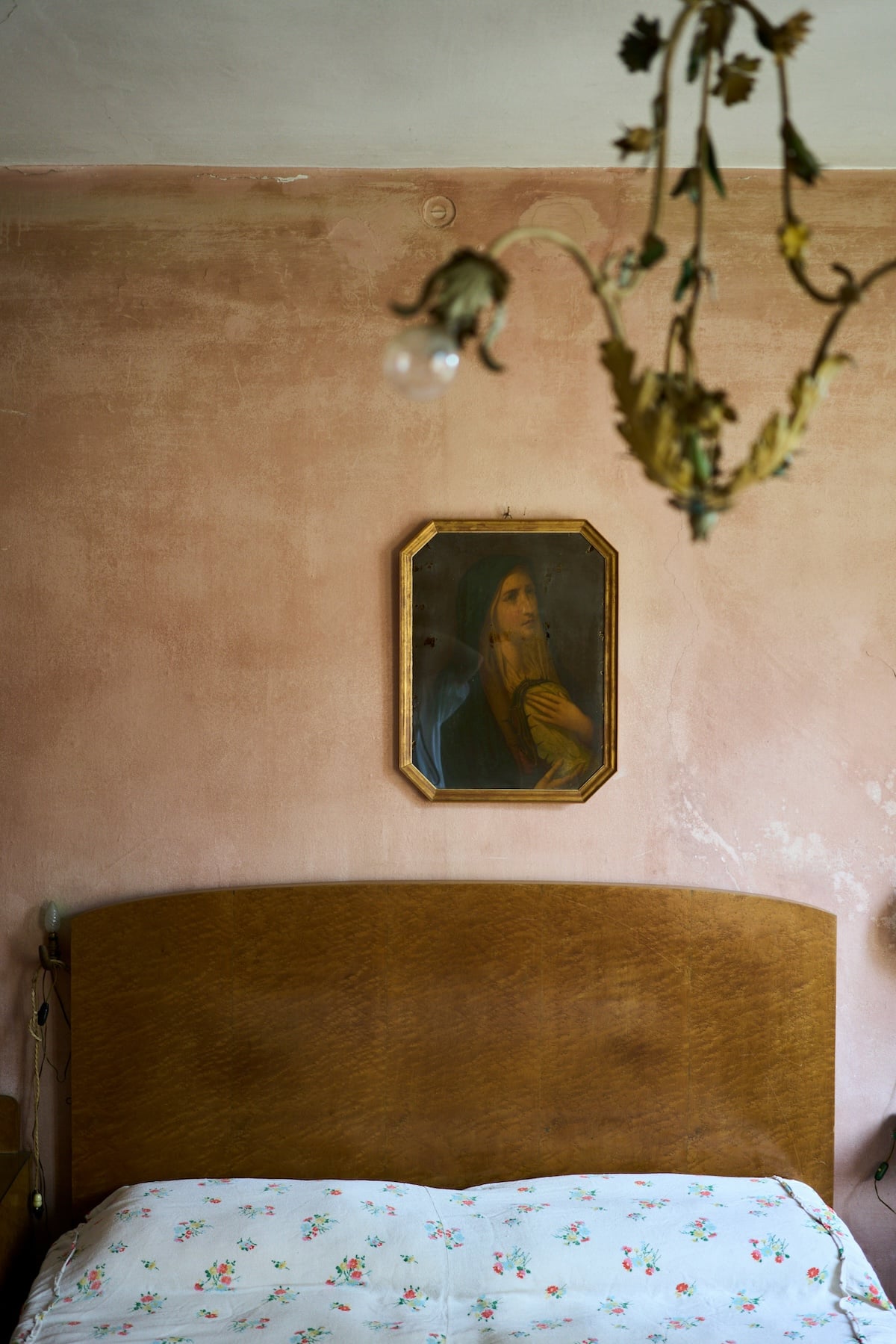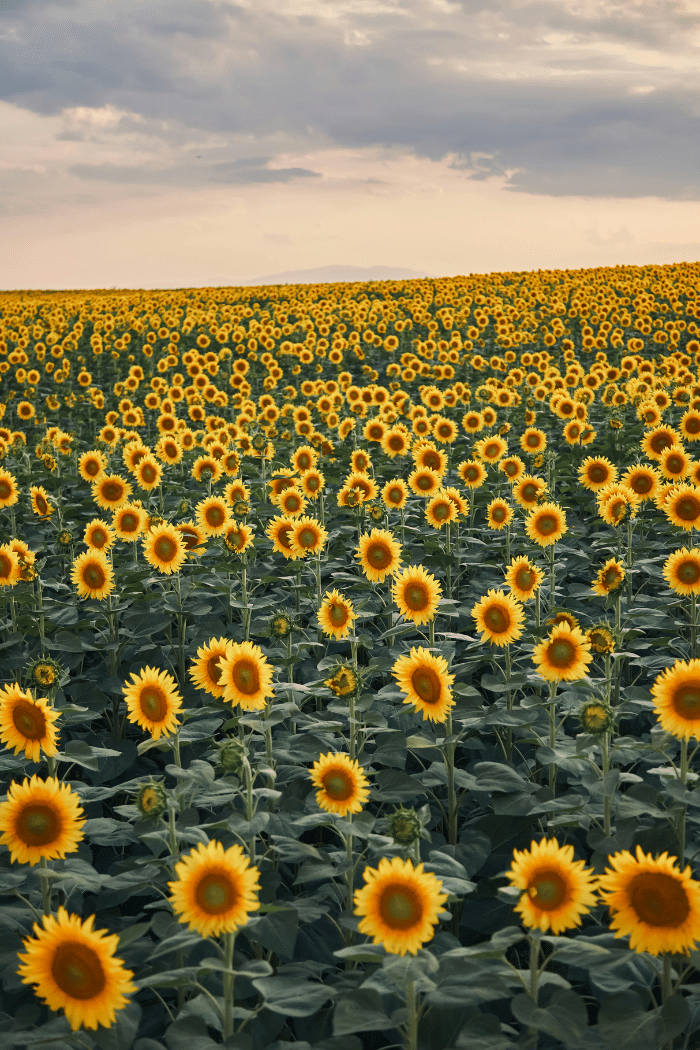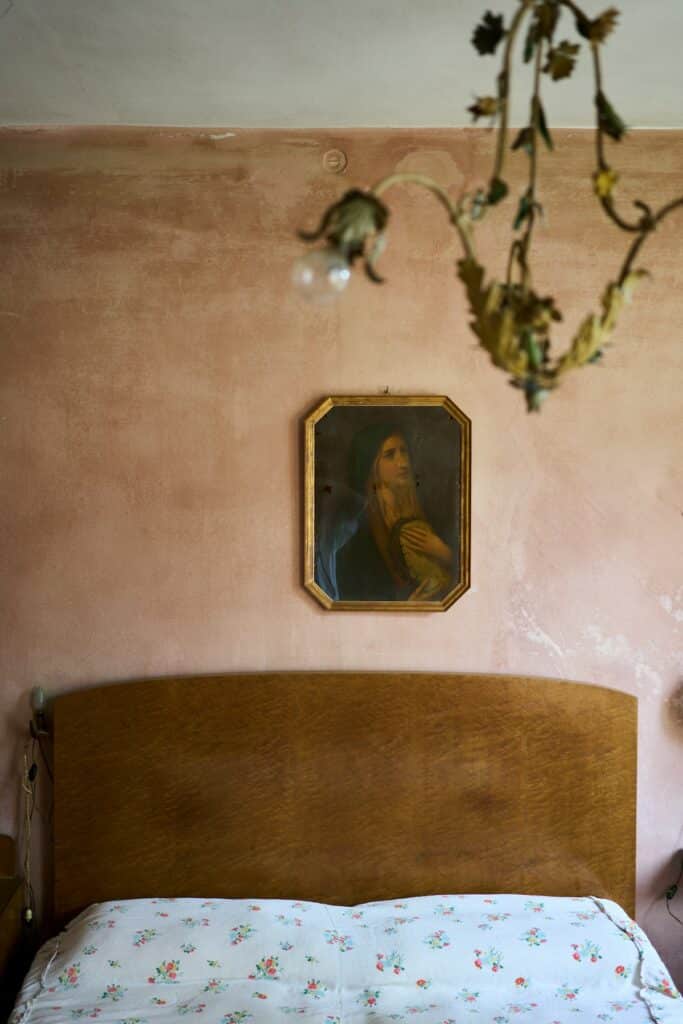
You’ve made it. You’re standing in your Italian hotel room, bags dropped at your feet, exhausted but buzzing with adrenaline. The bed looks incredible. Every cell in your body wants to collapse onto it.
Don’t.
How you spend the next twelve hours determines whether you enjoy your trip or spend three days fighting jet lag in a fog.
I fly to Italy at least four times per year.
I’ve learned this the hard way: day one isn’t about seeing everything.
It’s about not sabotaging the rest of your trip.
Here’s how to get through your first day without crashing.
Drop Your Bags and Don’t Be Tempted to Sleep
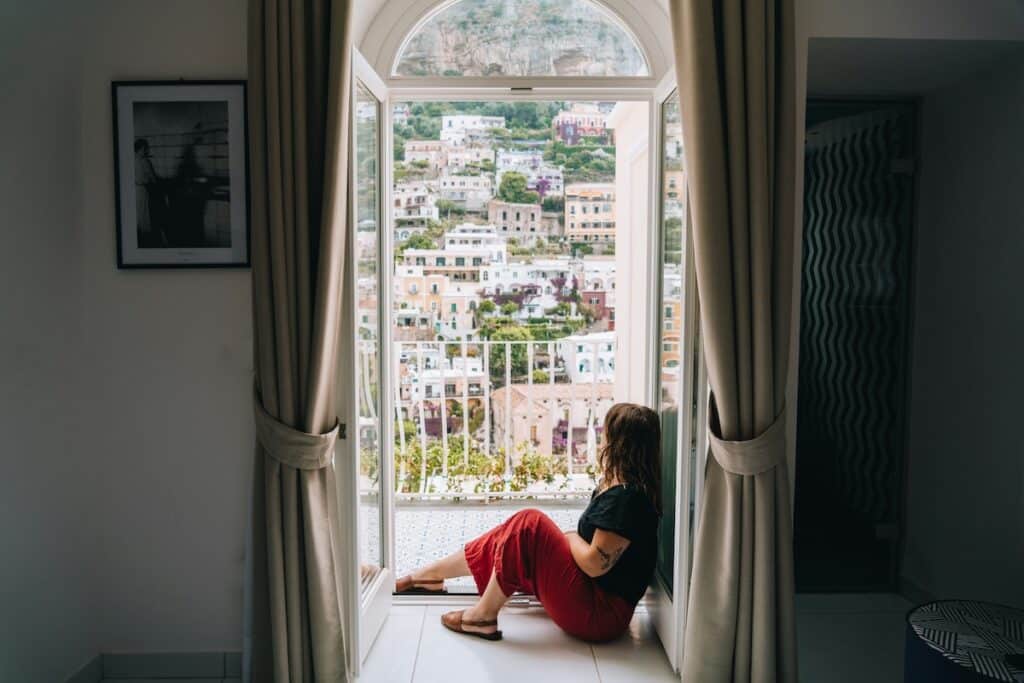
The moment you walk into your room, the bed will call to you. You’ll think “just ten minutes” or “I’ll just lie down for a second.”
You won’t wake up for four hours. You’ll surface disoriented at 6 p.m., your entire day gone. Worse, you won’t sleep that night. Jet lag will own you for the next three days instead of one.
Unpack only what you need immediately. Toiletries in the bathroom. Phone charger plugged in. A change of clothes within reach. Leave everything else in your bag.
If your room isn’t ready yet, even better. Ask the hotel to store your luggage and start exploring. You can organize your suitcase tomorrow.
The one exception: If you absolutely must rest, set an alarm for twenty minutes. Sit in a chair, not the bed. Before 2 p.m. only. But honestly, try to power through.
Shower and Change Quickly
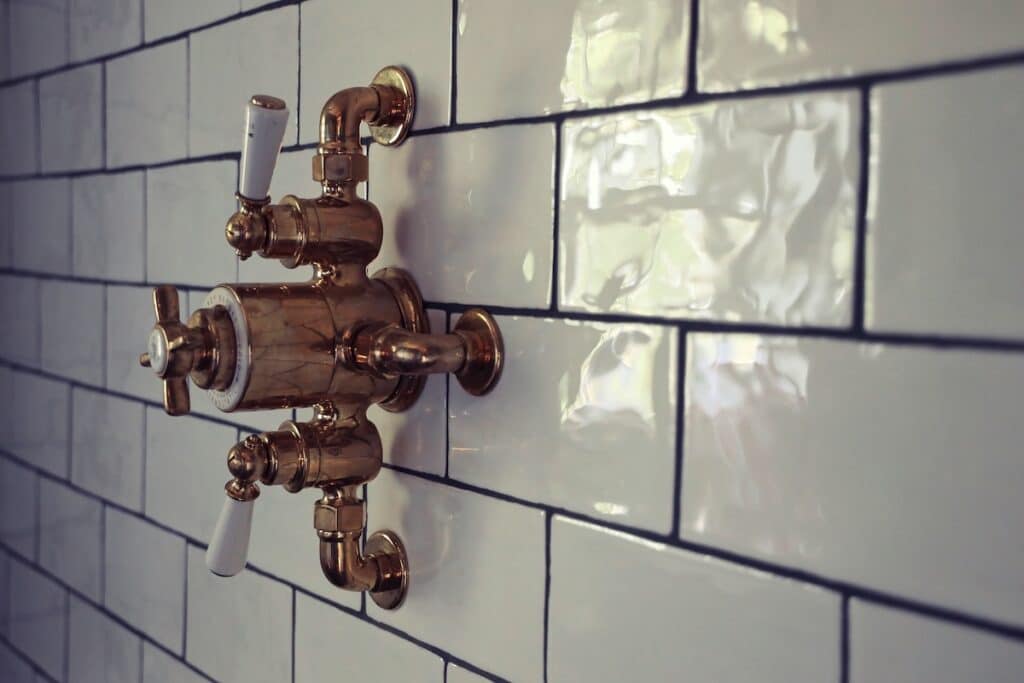
Ten minutes. That’s all you need.
A quick shower wakes you up and washes off ten hours of airplane. It signals to your body that this is a new day, not a continuation of the flight. Change into comfortable walking shoes and loose clothing. You’re not getting ready for anything fancy—just freshen up and move on.
Italian hotel bathrooms are small. Don’t spread out. The water pressure might be weak. Some shower controls are cryptic. Figure it out and keep moving.
Get Outside Immediately
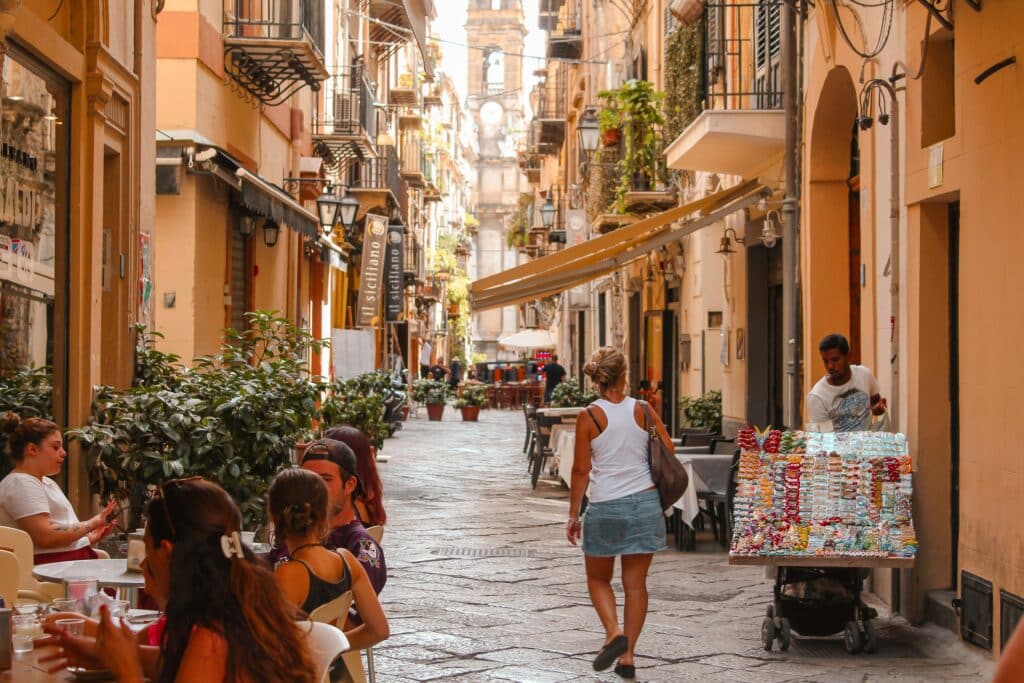
This is the most important step.
Sunlight resets your circadian rhythm. It’s the single most effective tool against jet lag. You need to be outside in natural light within thirty minutes of checking in.
Leave your hotel and walk in any direction. No specific destination required. Just be outside.
Your body uses light to regulate sleep and wake cycles. Morning or midday sun tells your brain it’s daytime. It suppresses melatonin production and helps you stay awake until a reasonable bedtime. Even cloudy daylight works—don’t use weather as an excuse to stay inside.
Walk for at least thirty minutes. An hour or two is better. Wander your neighborhood. Sit on a bench in a piazza. People-watch at an outdoor café. There’s no pressure to “see” anything specific yet.
Learn Your Neighborhood

You’re outside anyway. Make it productive.
Use your first walk to locate essentials. Find the nearest metro or bus stop—you’ll use it daily. Note where the pharmacy is (look for a green cross sign). Locate a grocery store or small market. Find an ATM. Spot a café or bakery for morning coffee.
Walk in expanding circles from your hotel. Start with a five-minute radius, then ten. Drop pins on Google Maps. Take photos of your hotel entrance and nearby street signs—this helps you find your way back later.
Italian addresses can be confusing. Numbers aren’t always sequential. Streets change names every few blocks. Landmarks are more reliable than addresses. Ask your hotel for a business card with the address printed in Italian.
Thirty minutes of orientation now saves hours of confusion later.
Eat at Italian Times
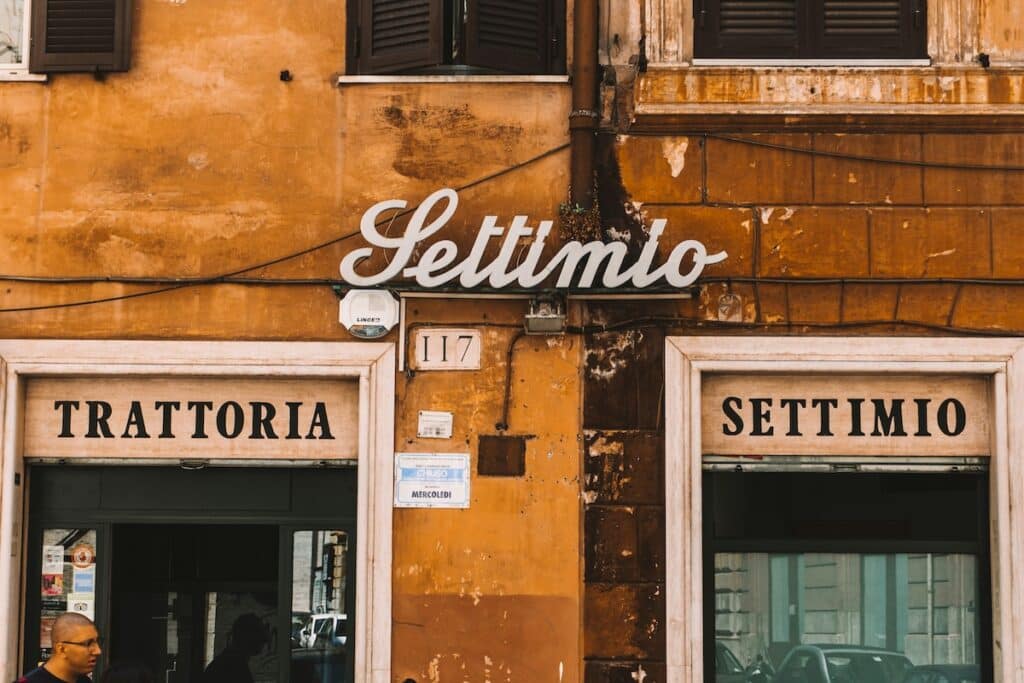
Your body thinks it’s 3 a.m. when it’s actually 9 a.m. in Rome. Eat at Italian times anyway. Food intake helps regulate your internal clock.
Italian breakfast is light: a cornetto and cappuccino at a café bar. Stand at the counter like locals do—it’s cheaper than sitting. The whole thing costs €3-5. Italians don’t do big breakfasts.
Lunch runs from 12:30 to 2:30 p.m. Many restaurants close after that. Dinner doesn’t start until 8 p.m. at the earliest. Peak time is 8:30 to 9 p.m. Don’t expect restaurants to be open at 6 p.m.
If you arrive in the morning or early afternoon, find a café for a late breakfast or light lunch. Keep it simple—your stomach is confused. Sit outside if possible for more sunlight exposure.
If you arrive in the afternoon, wait for proper dinner time. Snack if you need to (gelato counts), but don’t eat a full meal at 5 p.m. just because you’re hungry.
Keep your first meals light. Pasta, pizza, a panino—nothing too heavy or rich. Your digestion is off. Hydrate constantly. Save the wine for day two.
Ask your hotel for neighborhood restaurant recommendations. Look for places with Italian customers, not photo menus. Small trattorias near residential areas are usually safe bets. Avoid anything within sight of a major monument.
Keep Moving (But Don’t Overdo It)
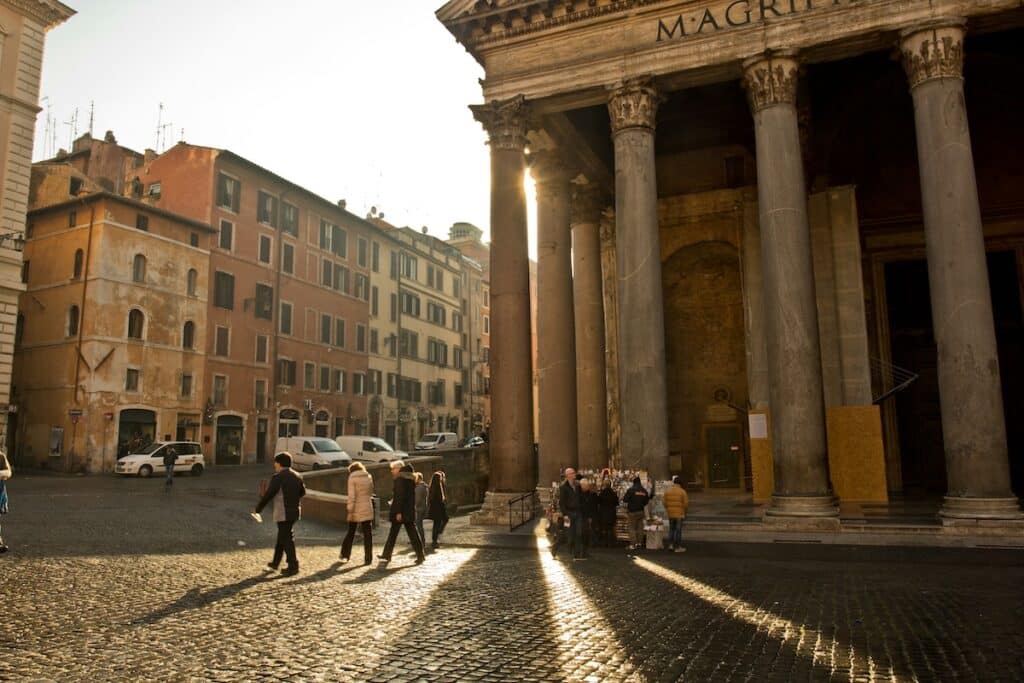
You need to stay active to fight exhaustion. But day one is not the day to see everything.
Walk. Sit at cafés. Visit one church and rest in the pews. Stroll through a market. Find a park. Do gelato research. Keep it light.
Save the Vatican Museums for tomorrow. Skip the 400-step climb to the dome. Avoid all-day walking tours or anything requiring serious concentration. One simple activity is enough.
Around 2 to 4 p.m., you’ll hit a wall. This is normal. Find a café, order an espresso, sit outside. Don’t go back to your hotel—you’ll end up napping. Power through this window.
At 5:00 p.m. enjoy the evening passegiata with the locals (it’s my favorite time of the day).
Listen to your body. If you need to sit, sit. Café breaks every hour are fine. You’re adjusting, not training for a marathon.
Hydrate Constantly

You’re dehydrated from the flight. Walking in Italian sun makes it worse. Dehydration amplifies every jet lag symptom.
Drink more water than you think you need. Aim for a liter by lunch, another by dinner. If you’re thirsty, you’re already behind.
Buy bottles at grocery stores for €0.50 to €1.
Carry a refillable bottle. Use public fountains—they’re everywhere in Rome and the water is safe.
Restaurants will bring water if you ask for “acqua naturale” (still) or “acqua frizzante” (sparkling), but they charge €2-3 per bottle.
Oh…and by the way…Italians drink room temperature water, not iced. Get used to it.
Wine doesn’t count—it dehydrates you (and will make you sleepy). Drink actual water.
Manage Caffeine Strategically
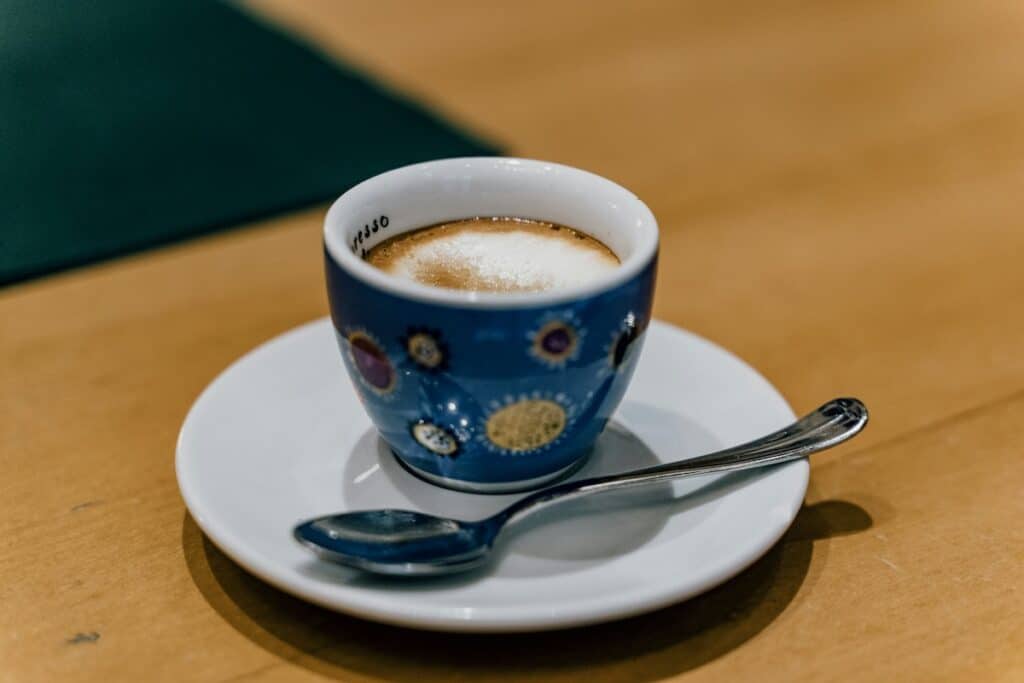
Morning cappuccino with breakfast is fine. It’s cultural. Enjoy it.
Espresso after lunch helps with the afternoon slump. Italians do this. You can too.
But cut off all caffeine by 2 p.m. Caffeine stays in your system for six hours or more. You need to sleep tonight. Even a small espresso at 4 p.m. will keep you awake at midnight.
After early afternoon, switch to water, herbal tea, or fresh juice. If you’re desperate around 3 p.m., one espresso—but try to avoid it.
Plan Bedtime With Intention
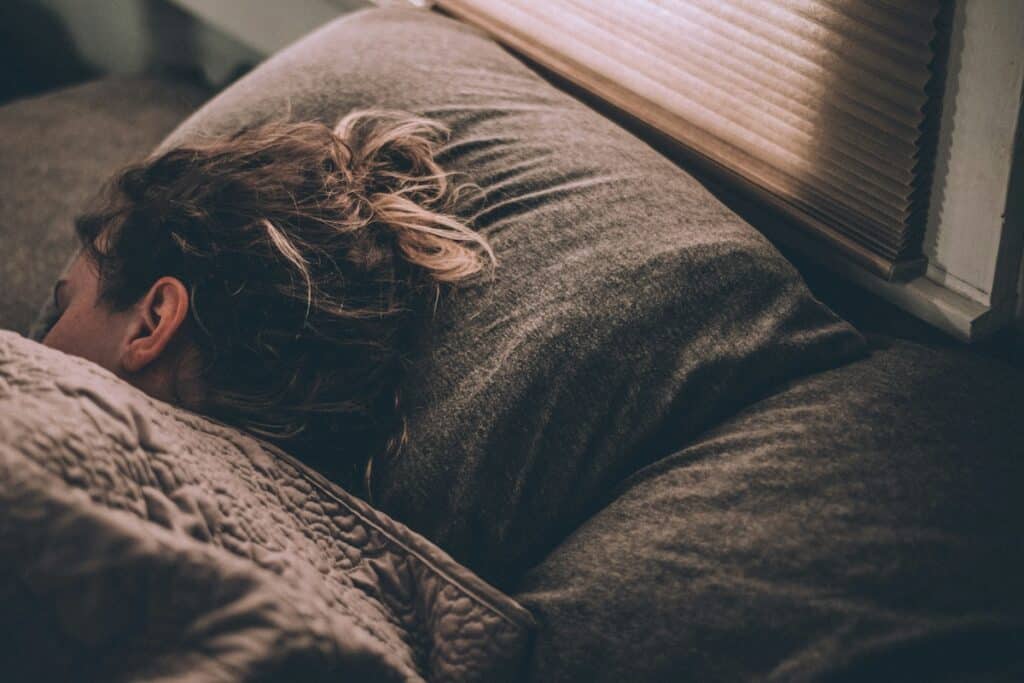
The goal is lights out by 9 to 10 p.m. Italian time.
Not 6 p.m.—that’s too early. You’ll wake up at 2 a.m. and your schedule will be wrecked.
Not midnight—you’re exhausted and need actual sleep.
Nine to ten p.m. is the sweet spot.
Start winding down around 8 p.m. Finish dinner by 8:30. Walk back to your hotel slowly. Take a quick shower. Unpack a bit if you want, but don’t stress about it. Read or journal—no phone. Close the shutters (Italian shutters block all light). Keep the room cool.
No screens for thirty to sixty minutes before bed. Blue light keeps you awake. Don’t scroll Instagram. Don’t plan tomorrow in detail. Don’t watch TV.
If you can’t fall asleep, don’t panic. Read something boring. Do light stretching. Don’t look at your phone. Don’t check the time obsessively.
You might wake up at 4 or 5 a.m. on day two. This is normal. Don’t fight it—get up and start your day.
Day Two Will Be Better

You’ll wake up with more energy. Your brain will be clearer. You’re not fully adjusted yet, but you’re close.
If you wake up early, don’t fight it. Watch the sunrise. Have early coffee. Start your day.
Continue the same strategies: sunlight, local meal times, activity, hydration, reasonable bedtime. By day three, you’ll feel normal.
Final Tips and Recap of What NOT to Do
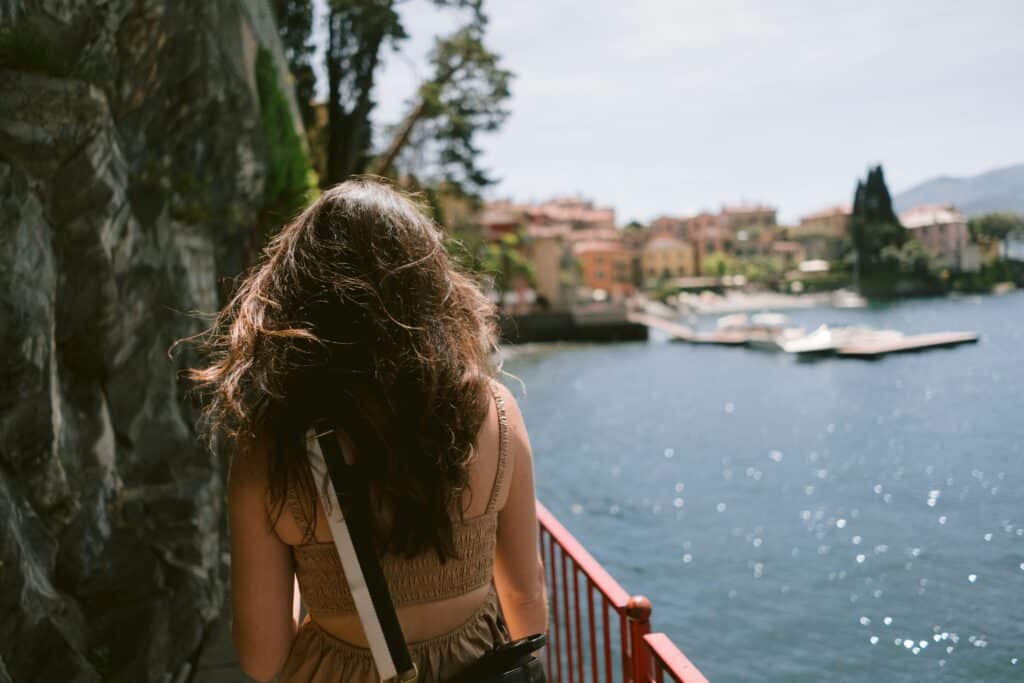
Don’t nap. Napping resets your body to home time. The bed is the enemy today.
Don’t drink alcohol. You’re dehydrated and exhausted. Alcohol makes both worse. Save the wine for tomorrow.
Don’t overplan. You’re not seeing five museums today. One simple activity is enough.
Don’t stay inside. Your hotel room is comfortable, but you need sunlight and movement.
Don’t eat on your home schedule. Your body is confused, but eating at Italian times helps it adjust faster.
Don’t book anything important for day one. No timed museum entries. No expensive reservations. No tours requiring focus. Keep it flexible and low-stakes.
Don’t compare yourself to others. Some people adjust faster. You might not. That’s normal.
Your first day in Italy isn’t about achievement. It’s about adjustment.
Stay awake. Get sunlight. Eat at local times. Go to bed early. These aren’t suggestions—they’re the difference between enjoying your trip and spending half of it in a fog.
Day one isn’t wasted if you spend it wandering and adjusting. You have your whole trip ahead of you. Tomorrow you’ll wake up ready to actually explore.
The best part of day one is simple: You’re finally in Italy.

